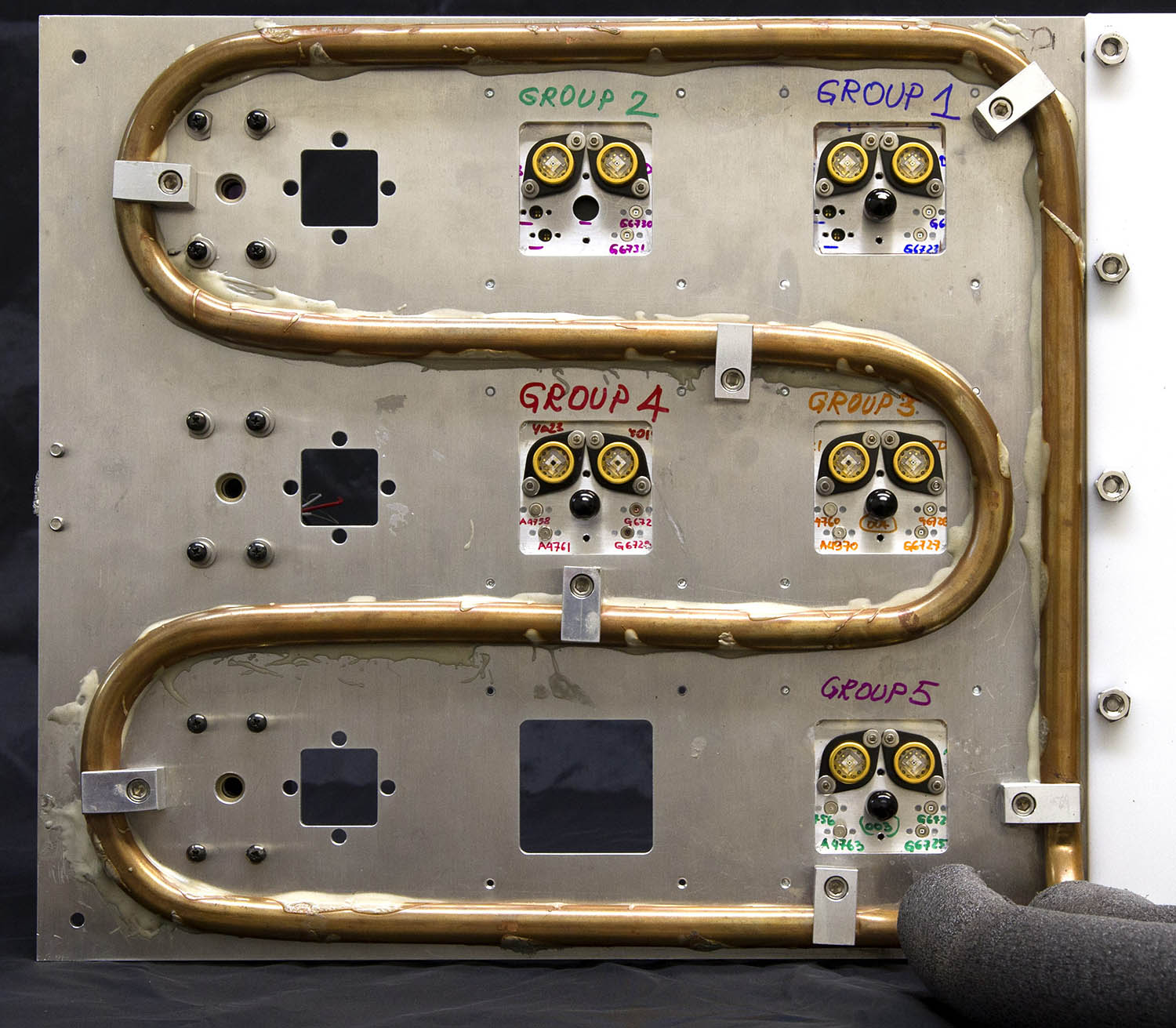 Detector setup
Detector setup
Mitigating radiation damage of single photon detectors for space applications
Single-photon detectors in space must retain useful performance characteristics despite being bombarded with sub-atomic particles. Mitigating the effects of this space radiation is vital to enabling new space applications which require high-fidelity single-photon detection. To this end, we conducted proton radiation tests of various models of avalanche photodiodes (APDs) and one model of photomultiplier tube potentially suitable for satellite-based quantum communications. The samples were irradiated with 106 MeV protons at doses approximately equivalent to lifetimes of 0.6 , 6, 12 and 24 months in a low-Earth polar orbit. Although most detection properties were preserved, including efficiency, timing jitter and afterpulsing probability, all APD samples demonstrated significant increases in dark count rate (DCR) due to radiation-induced damage, many orders of magnitude higher than the 200 counts per second (cps) required for ground-to-satellite quantum communications. We then successfully demonstrated the mitigation of this DCR degradation through the use of deep cooling, to as low as -86 degrees C. This achieved DCR below the required 200 cps over the 24 months orbit duration. DCR was further reduced by thermal annealing at temperatures of +50 to +100 degrees C.
Elena Anisimova, Brendon L. Higgins, Jean-Philippe Bourgoin, Miles Cranmer, Eric Choi, Danya Hudson, Louis P. Piche, Alan Scott, Vadim Makarov, Thomas Jennewein
Further details
Based on research I did in High School at the IQC in Waterloo.